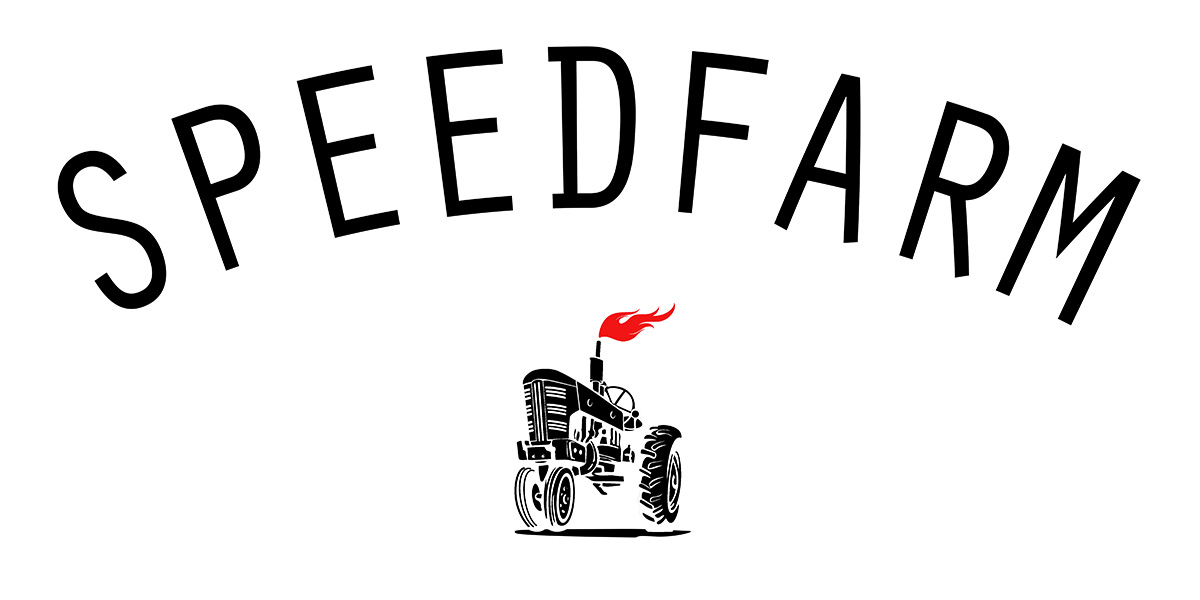As an athlete, realize that you are conducting an experiment in which you are both subject and scientist.
Case studies, with sample size (n)=1 are usually looked down upon as the lowest form of “research” since the results are only completely relevant to that particular subject. It’s difficult and dangerous to extrapolate results from n=1 to the general population so we tend to favor experimental studies with larger sample sizes.
In your case, the results of the n=1 study with YOU as the only subject are incredibly valuable and obviously, 100% relevant to yourself.
Your personal experiment has a desired outcome (realizing ultimate athletic potential) and to achieve that there are many possible training interventions that can be tried and tested.
Proper interventional studies with large sample sizes are extremely valuable to give you starting points for your own ongoing experiment. Good studies (and I’ll be reviewing the most relevant ones here) will also suggest which interventions are most likely to apply to yourself…but even within studies that show clear effects, digging deeper into the actual individual results shows individual variability.
Your monthly and annual training plans are starting points, proposals, hypotheses to which your individual responses provide answers and guidance for moving forward.
To make your own n=1 study as useful as possible requires you to be as diligent, logical and organized with whatever training plan you are testing.
Your job (or your coach’s) as Scientist involves:
- using existing data to form the training proposal
- monitoring the Subject
- data collection
- analysis
As Subject, you must
- follow the plan (!)
- help with data collection
- be patient and wait to see the results
We’ll consider these jobs of Scientist and Subject in subsequent blog posts…
